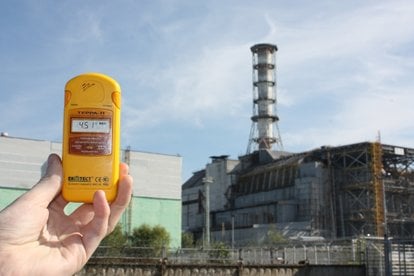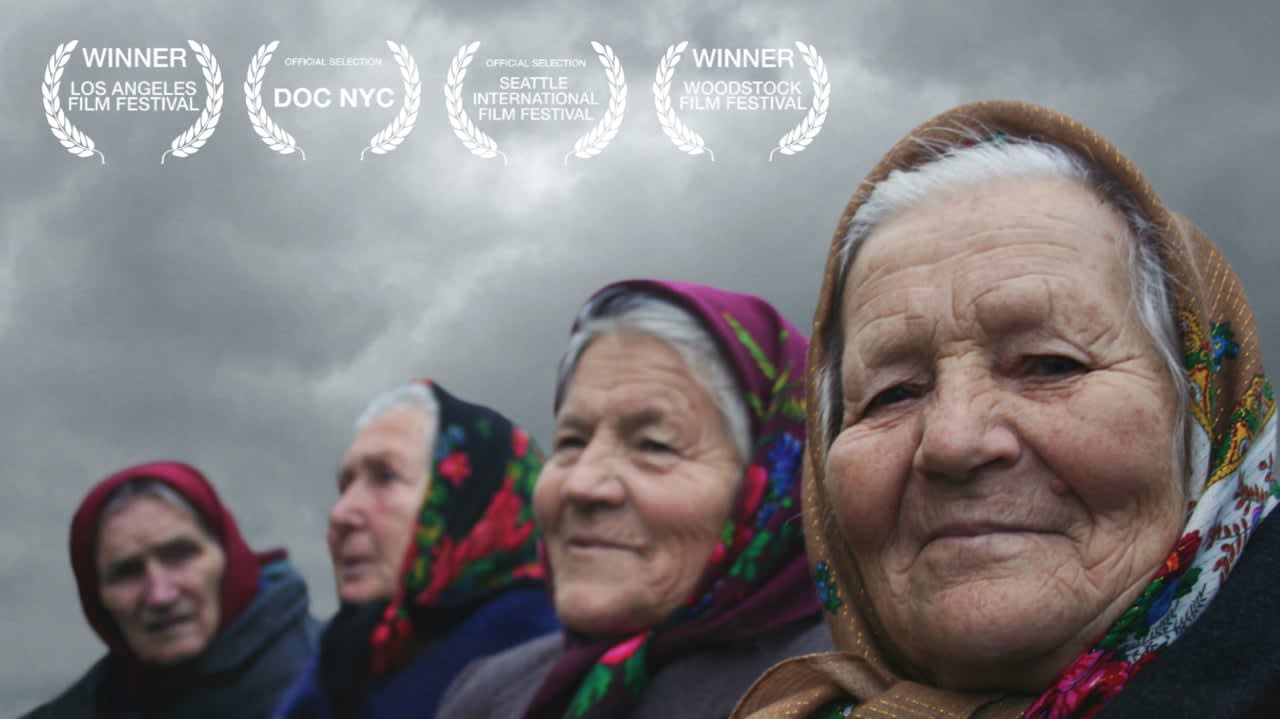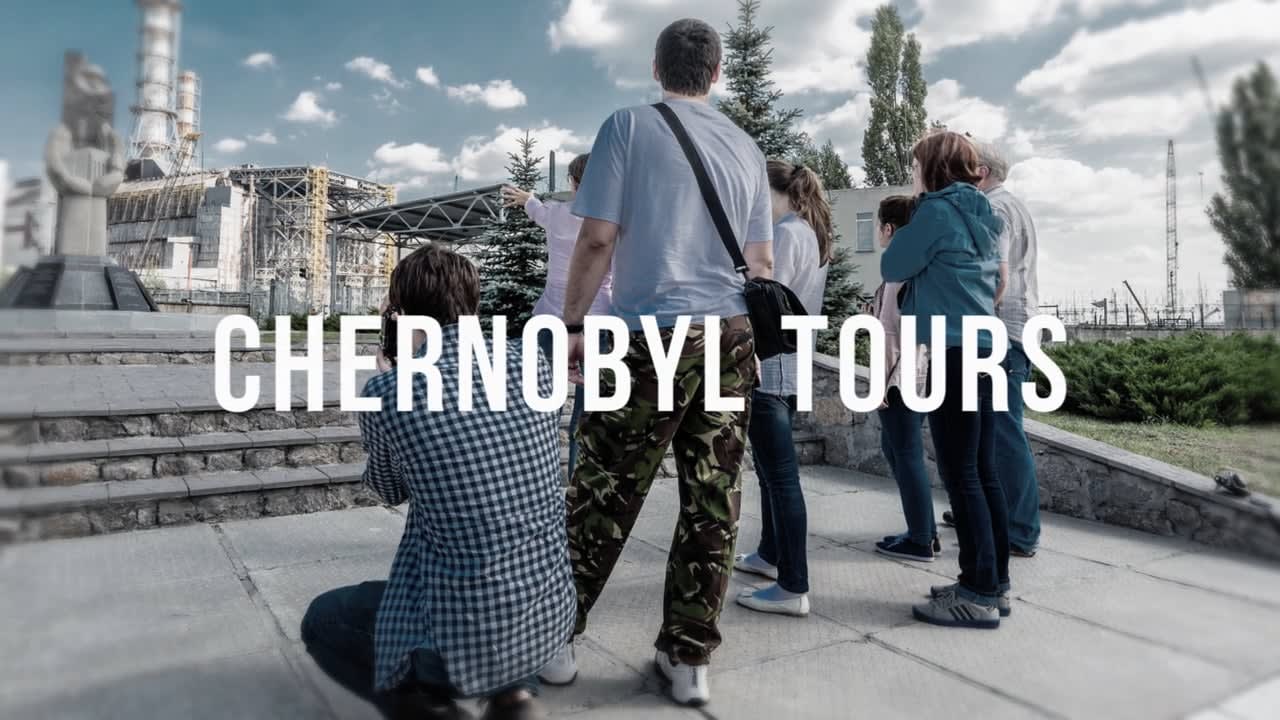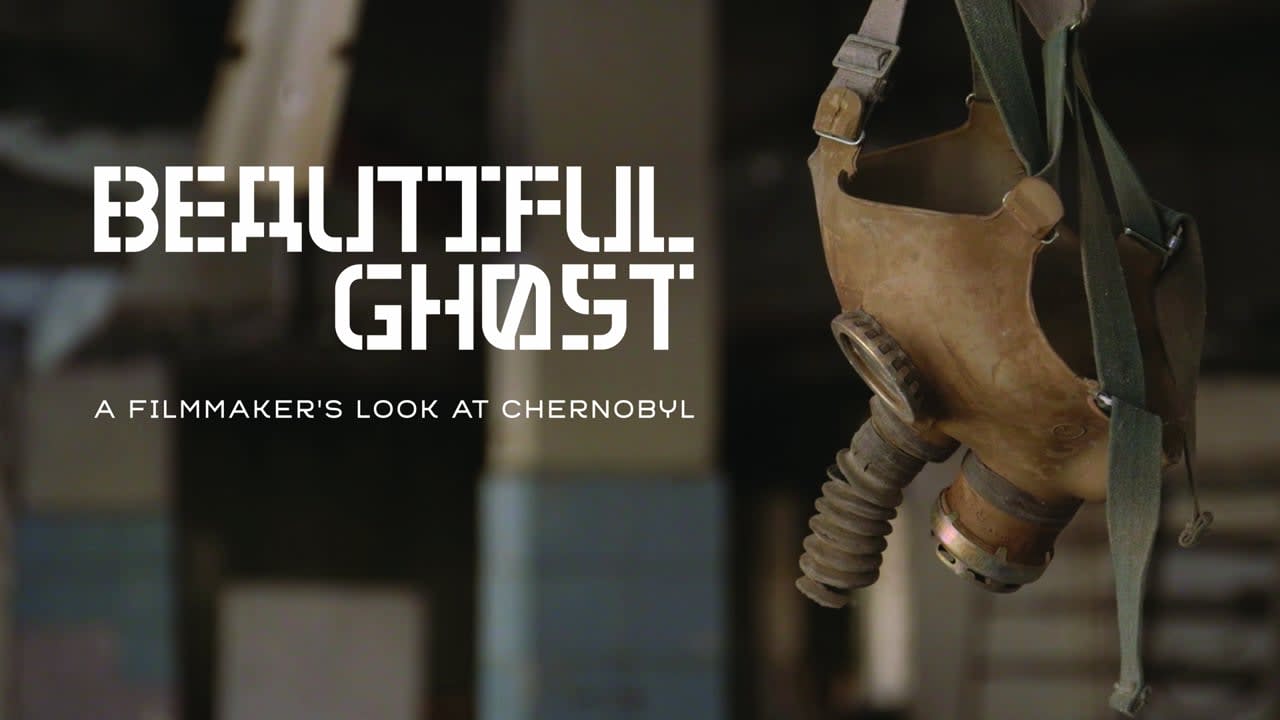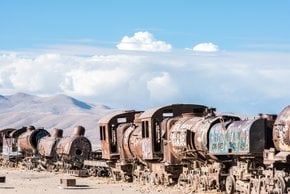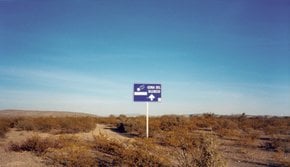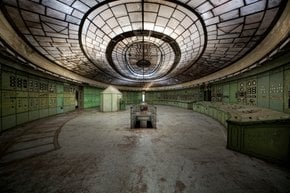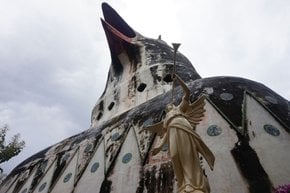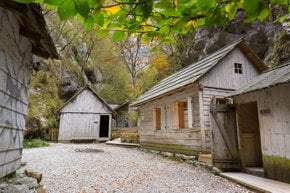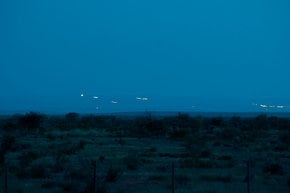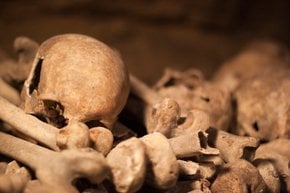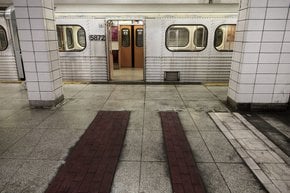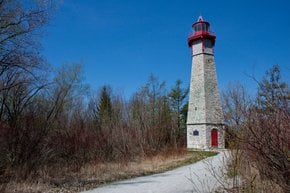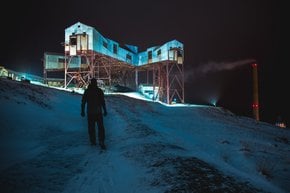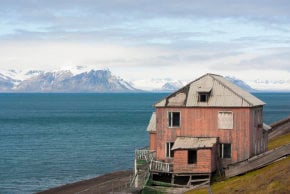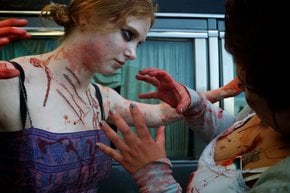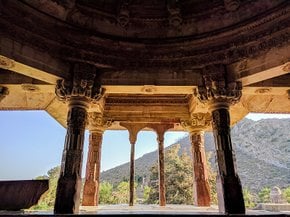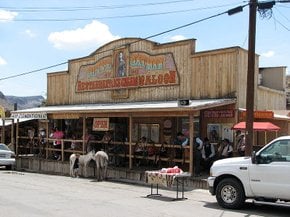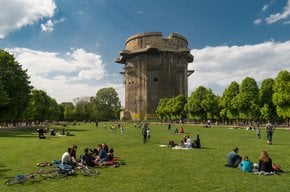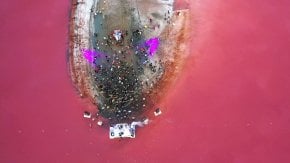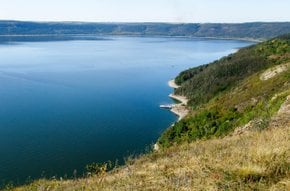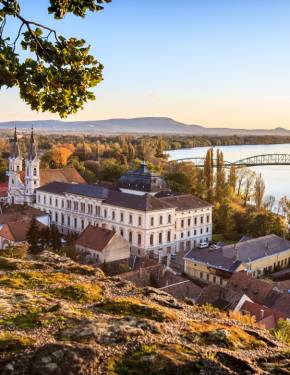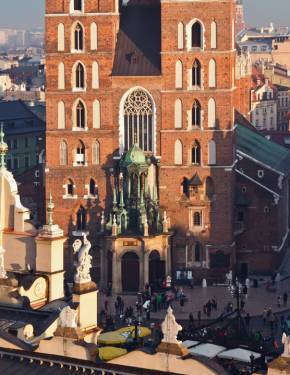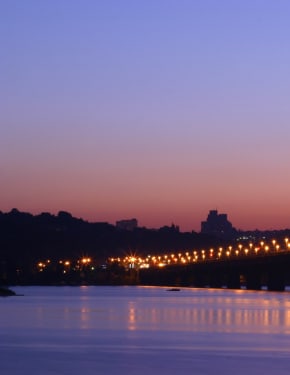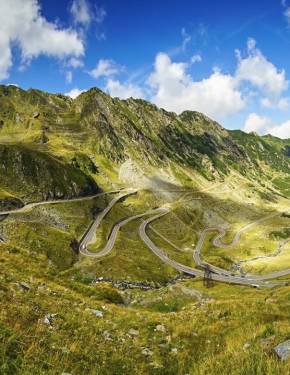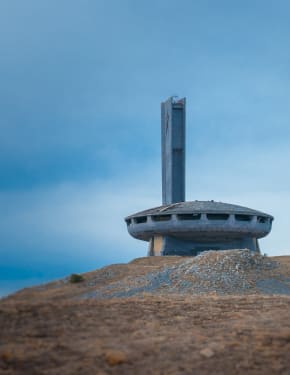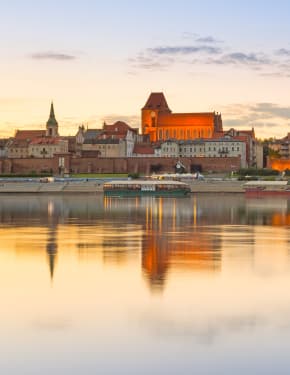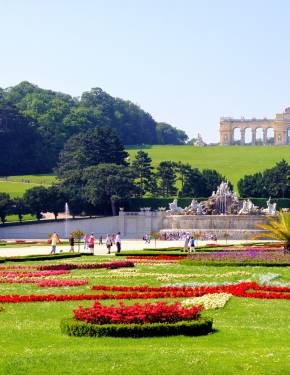Chornobyl Exclusion Zone Tours in Ukraine 2026
Extremely high levels of radioactivity don't scare off curious tourists who come to discover the ghost city of Prypiat
Best time: March–May | September–November
One of the most radioactive places on Earth, Chornobyl (Chernobyl) receives thousands of tourists every year. After the construction of a new safe confinement arch over the old shelter structure (sarcophagus) in 2019, the levels of radiation dropped significantly, and safe guided tours became quite popular here. According to official data, 70,000 visited the Exclusion Zone in 2019, and since then the number of tourists has been increasing. Along with the notorious reactor 4, such excursions typically involve wandering in the abandoned city of Prypiat (Pripyat)—scary and beautiful at the same time. Additionally, tourists can see the radar system "Duga" (literally "curve"), which was once a secret Soviet over-the-horizon radar.
Chornobyl nuclear disaster happened on April 26, 1986. The fourth reactor of Chornobyl Nuclear Power Plant, located in Prypiat, exploded all of a sudden due to the flaws in the design of the reactor and probably mistakes made by the plant operators. Shortly afterward, 160,000 people were evacuated from this area to the nearby cities. Around 50,000 of them were the Prypiat's population. They were not aware of the scale of the catastrophe and expected to be back in a few days. However, most of them never saw their homes again.
Some locals, however, were not willing to accept the fate and abandon the Chornobyl area. A few hundred residents of the nearby villages returned to the contaminated area, which was officially declared unsafe. Some of them still live there, growing plants on the radioactive grounds and drinking radioactive water. They claim radioactivity doesn't scare them off. A documentary shot in this area became the winner of the Los Angeles film festival.
Most of the land in the 30-kilometer Chornobyl Exclusion Zone is totally desolate. The homes, schools, kindergartens, hospitals,—everything in the area has remained untouched since the day of evacuation. The astonishing decay proves the fragility of our world: one day you thrive, and another day everything is lost.
Chornobyl tours run from the capital city of Kyiv and also from Lviv. There're one, two, and three-day options. A single tour can accommodate around 20 participants. During the trip, you will be constantly measuring the radioactivity levels around. You are required to wear long sleeves, trousers, and shoes, and not to take them off while in the contaminated area. It goes without saying, nothing is to be touched, no radioactive souvenirs are to be taken home. Visitors are not allowed to eat in the area.
The tours are available year-round, but some seasons are better than others. Summer might be too hot, especially considering long sleeves. Besides, lush vegetation is not favorable for photoshoots. Winters are cold, snowy, somewhat bleak, and pale. March–May & September–November, especially mid-spring and mid-fall, are the best seasons, with less vegetation, and good lighting.

